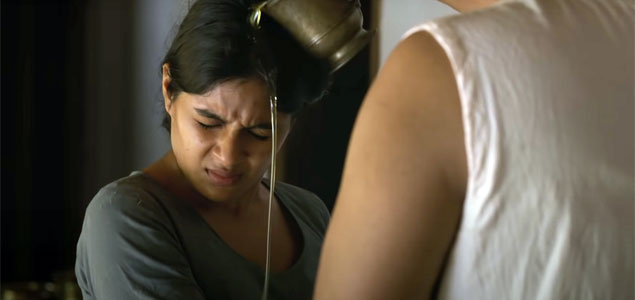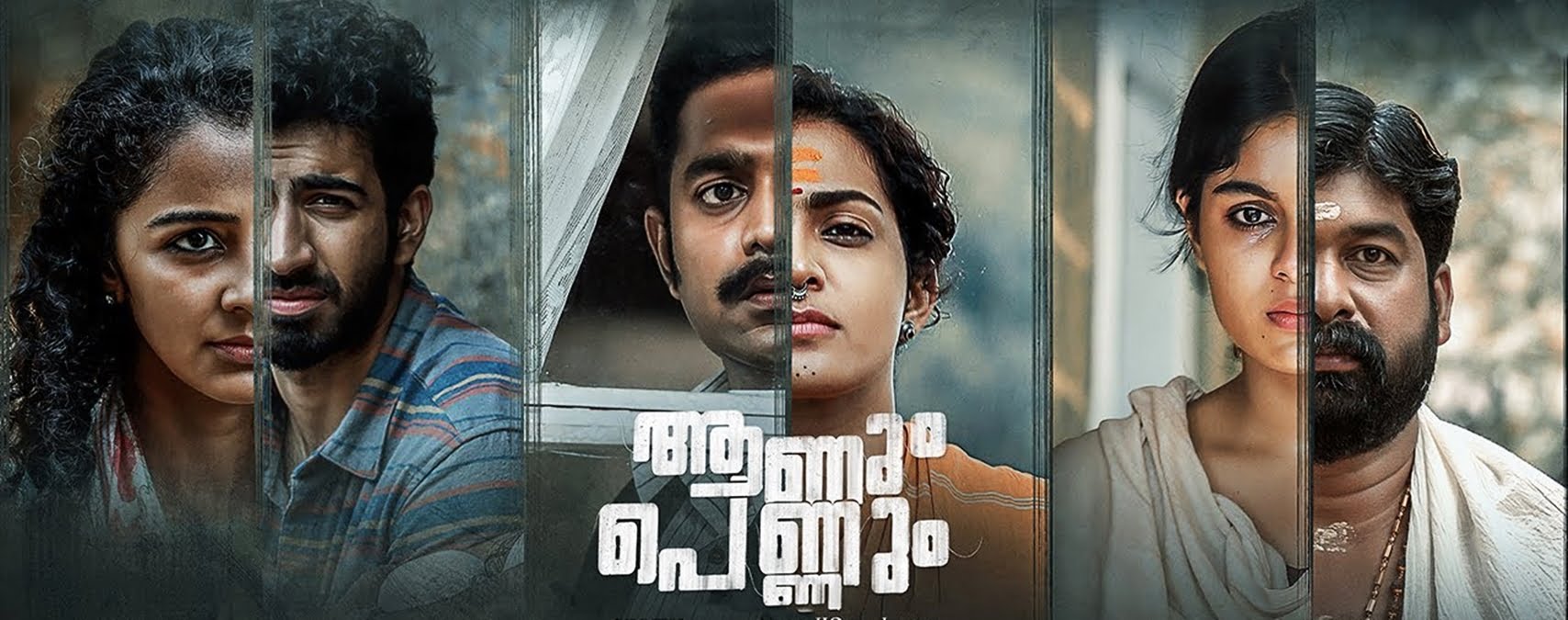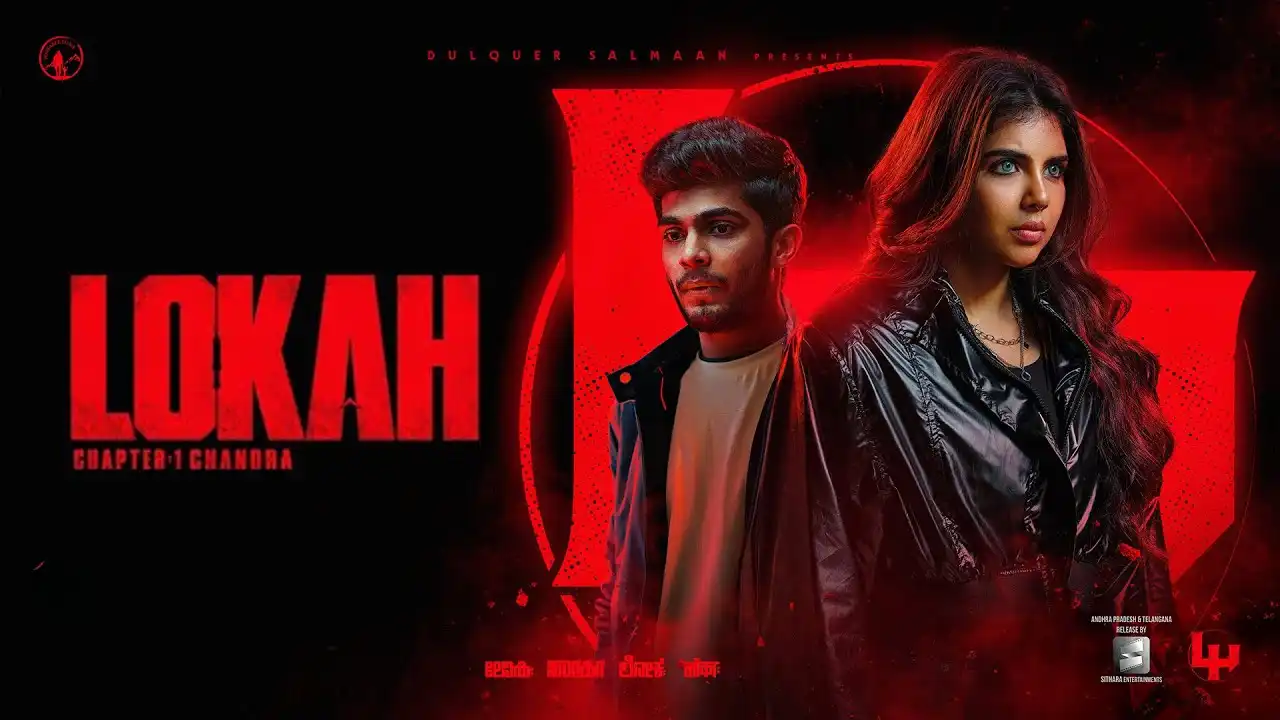There exists female strength and there exists a male gaze that ascertains unassailable women by how they behave in extraordinary circumstances to make innate choices. The burden is on the woman to break the chain, and not on the man to stop chaining. Malayalam anthology Aanum Pennum (available on Amazon Prime) does exactly that — it reimposes the notion that in order to be hailed as a strong woman, women have to be the ‘perfect rebel’ to the male gaze; the gaze which would not introspect as to why women were forced to rebel in the first place; and that rebelling is taxing for the oppressed; that everyone deserves autonomy and peace in mere existence.
Malayalam anthology Aanum Pennum reimposes the notion that in order to be hailed as a strong woman, women have to be the ‘perfect rebel’ to the male gaze; the gaze which would not introspect as to why women were forced to rebel in the first place; and that rebelling is taxing for the oppressed; that everyone deserves autonomy and peace in mere existence.
Choices do not exist in a vacuum and in a patriarchal, casteist and capitalist society, the repercussions of choices too do not get absorbed into a black hole. The three-part anthology Aanum Pennum (Man and Woman) directed by Jay K., Venu, and Aashiq Abu, follows female protagonists and the evolving man-woman relationships through three different time periods in Kerala.
Also read: Film Review: Sara’s — A Refreshing Take On The Deification Of Motherhood
Is forced belligerence here taken as self-emancipation?
The first short in the triad is ‘Savithri’, which portrays a story set in the years right after independence when communists were being rounded up by a nexus of feudal upper-caste people and the administration controlled by them. Savithri, a communist, who is on the run from the police, disguises herself as a domestic worker at an upper-caste household, where everyone upholds and perpetuates serfdom of myriad kinds. While running away from the system, she again falls into the system. The upper-caste women at the house, who are at the receiving end of patriarchal oppression by men; assert dominance over the domestic worker. And the upper-caste men, assert autocracy over everyone.
The characters have their moments. The young man’s mother wants to keep him safe from communists instead of snakes and yet ironically (and unknowingly) sends him with comrade Savithri, a communist who isn’t afraid of snakes. The only English word in the short, a “Go”, is the conversation between Savithri and Kochipa; whose blood Savithri had to clean later.

The short exposes the hypocrisy of the upper-caste household where the man takes part in festivals which the family claims are virtuous, while he also makes sexual advances at the domestic worker the next moment. On one hand, the family members find a small bag full of Madras cotton heavy to hold, on the other, an older domestic worker is made to carry a young man’s heavy metal suitcase — calling for a need to fight feudalism.
As opposed to the stereotypical sexist portrayal where the female protagonist gets shaken by the sexual harassment of men, Savithri gives them right back. She does not look down, she does not change her shape like water, but uses water bodies to resist and escape on multiple occasions. She looks straight into the eye — holding a gun. That she decides to own her sexuality when she notices it being attacked, reflects her extraordinary strength.
However, the crux is what if she didn’t want to do that, what if being extraordinary was Savithri‘s only way to survive, given the power dynamics she operated within: that of an employee to the employer, of a female communist on the run from the upper-caste feudal lords and their administration. Did she make her choice because she had no other option left, and if that were so, was it a voluntary decision? Is forced belligerence here taken as self-emancipation?
Hypocritical standards of love and independence
In the second short Rachiyamma, the effervescent, assertive, and independent female protagonist falls in love with the man, because he exists. The man though, falls for her, because she wholly and self-destructively takes care of him, even when he catches a highly contagious disease. That a woman needs to ‘perform’ and then ‘sacrifice’ to prove her love, while the man can go do whatever he wants as the woman waits; are patriarchal notions. In a society where a man is considered to be a great husband if he does not beat ‘his wife’, but a woman is considered to be a terrible wife if she cannot get the roti in the right shape — the companionship standards are not only bigoted but also inhumane. Sacrifice is then seen as an extension, if a woman does it, but as an exception, if a man does.
The protagonist Rachiyamma was always her own home, she then longed for home in a man she fell in love with, and then came back to herself. In a society where women’s address is determined by the name of their father or husband; Rachiyamma mentions her name as the location of her address. It is portrayed in how, when they first meet, she sits on the stone side of the stair outside his home and he on the cemented one attached to his home; when he leaves she sits on his cemented staircase wearing a resembling sari, and when he comes back after years to finally meet and to forever leave, she goes back to sitting again on the stair of her house, wearing the same bangles — as a complete individual.

That the marginalised female tea plantations workers who are mistreated by the men in power, have no scope or choice to become or stay independent, is a matter upper-caste film critics have hypocritically ignored.
The man’s former manager leaves his will to a wife who has given him companionship for a lifetime, however, Rachiyamma leaves her will to her former lover’s daughter, a lover who never stayed with her. Though in the original story, the writer Uroob had imagined the protagonist as dark-skinned, it seems like the male gaze operative in cinema chose a light-skinned protagonist (played by Parvathy) to portray desirability, even while the male protagonist is taken as desirable when dusky. That a man always desires her female partner to be fairer than him is not a matter of coincidence, but is embedded in the context of colorism and sexism.
Also read: Gender & The Shaping Of New Sensibilities In Malayalam Cinema
The context in consideration is paramount
The third shot ‘Rani’ is about a contemporary woman who not only flouts the gender norms of sexual agency but also does not care about the repercussions of gender norms. However, what needs to be considered here is that it is almost always not only the will of women withholding their own selves, it is in fact the consequences of letting go. For the short to not take the aftermath into consideration and to only portray the protagonist as combating the rules, trivialises that it is not women stopping themselves, it is the patriarchal society stopping women. And even in that the elderly man in the backstory states that the protagonist had repeatedly asked her boyfriend to stop physical intimacy, given it was her last day of menstruation.
It is indeed beautiful that the female protagonist in the third short of Aanum Pennum did not bother about the opinions of others, however, to reverse pre-determined and societally-conditioned concerns of the cis male and female genders without taking into consideration the context because of which such behaviors exist is problematic, superficial and bereft of an understanding of the reality of women’s lives.

Overall, Aanum Pennum is too reductionist in its comprehension and characterisation of women — and post a point it leads to deification and romanticisation, which are counterproductive and pressurising, a variation of sexism, exacerbated by tangled perceptions of female strength amidst love for the self, the man and the revolution.
Overall, Aanum Pennum is too reductionist in its comprehension and characterisation of women — and post a point it leads to deification and romanticisation, which are counterproductive and pressurising, a variation of sexism, exacerbated by tangled perceptions of female strength amidst love for the self, the man and the revolution.
Featured image source: YouTube
About the author(s)
Ankita Apurva was born with a pen and a sickle.






